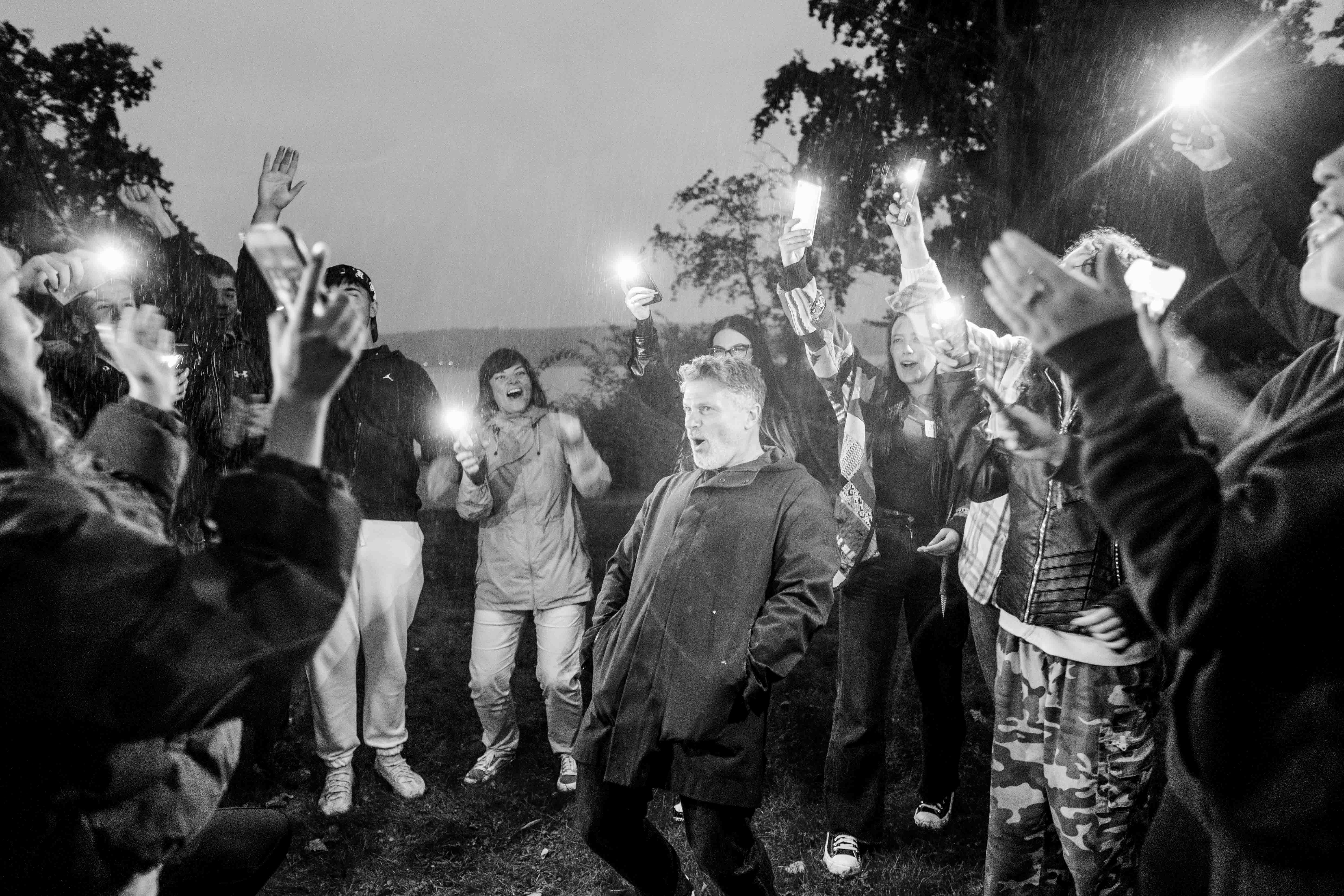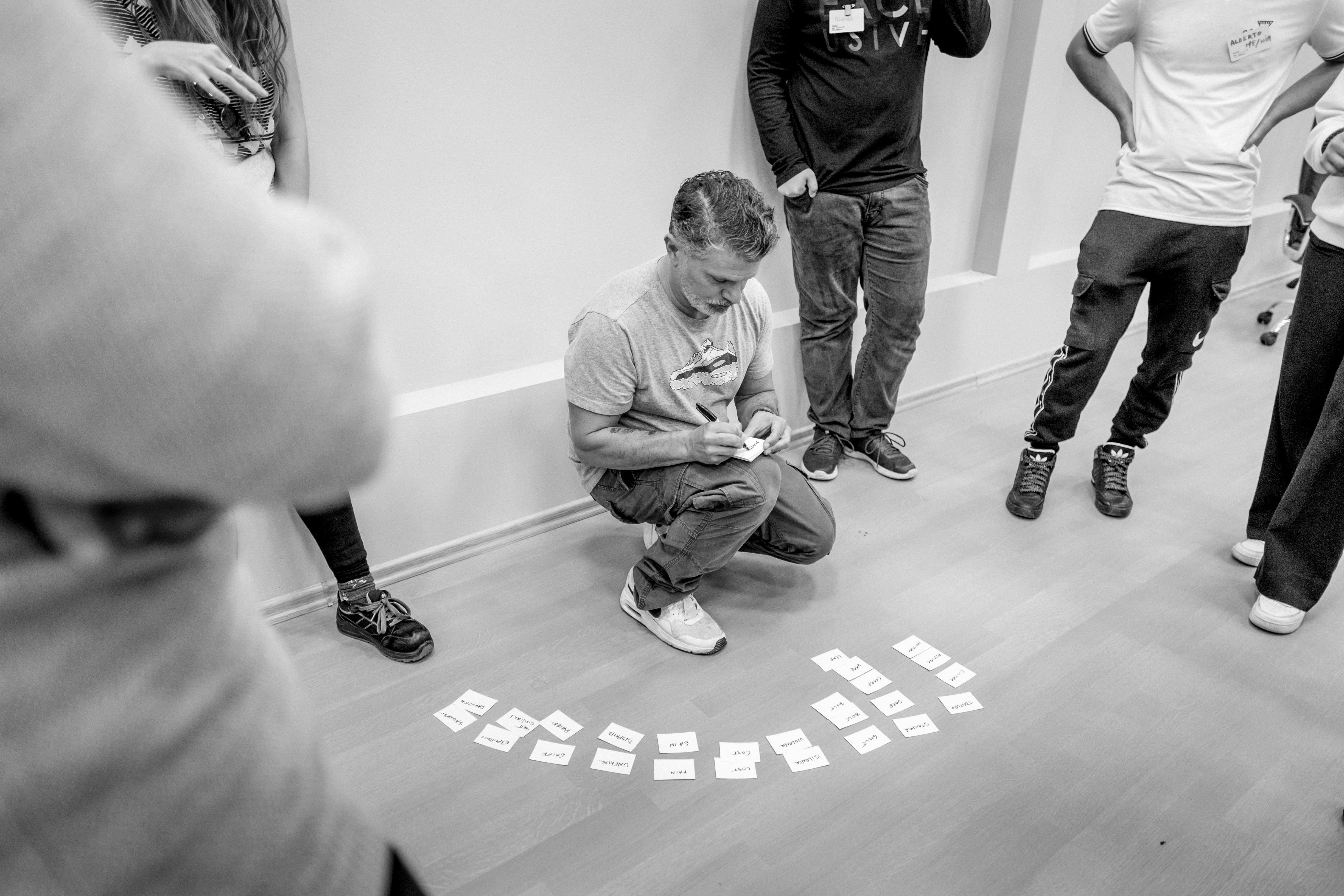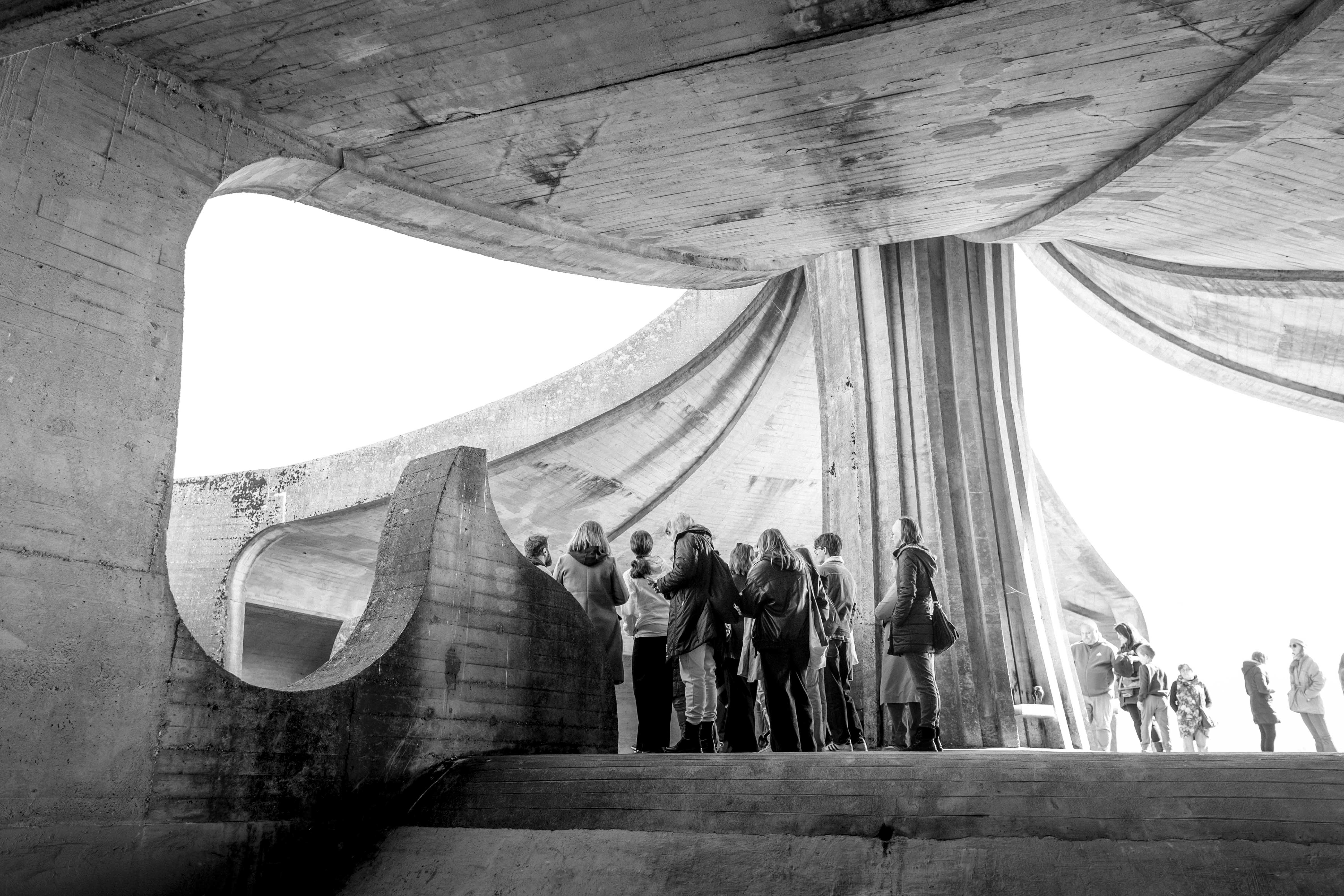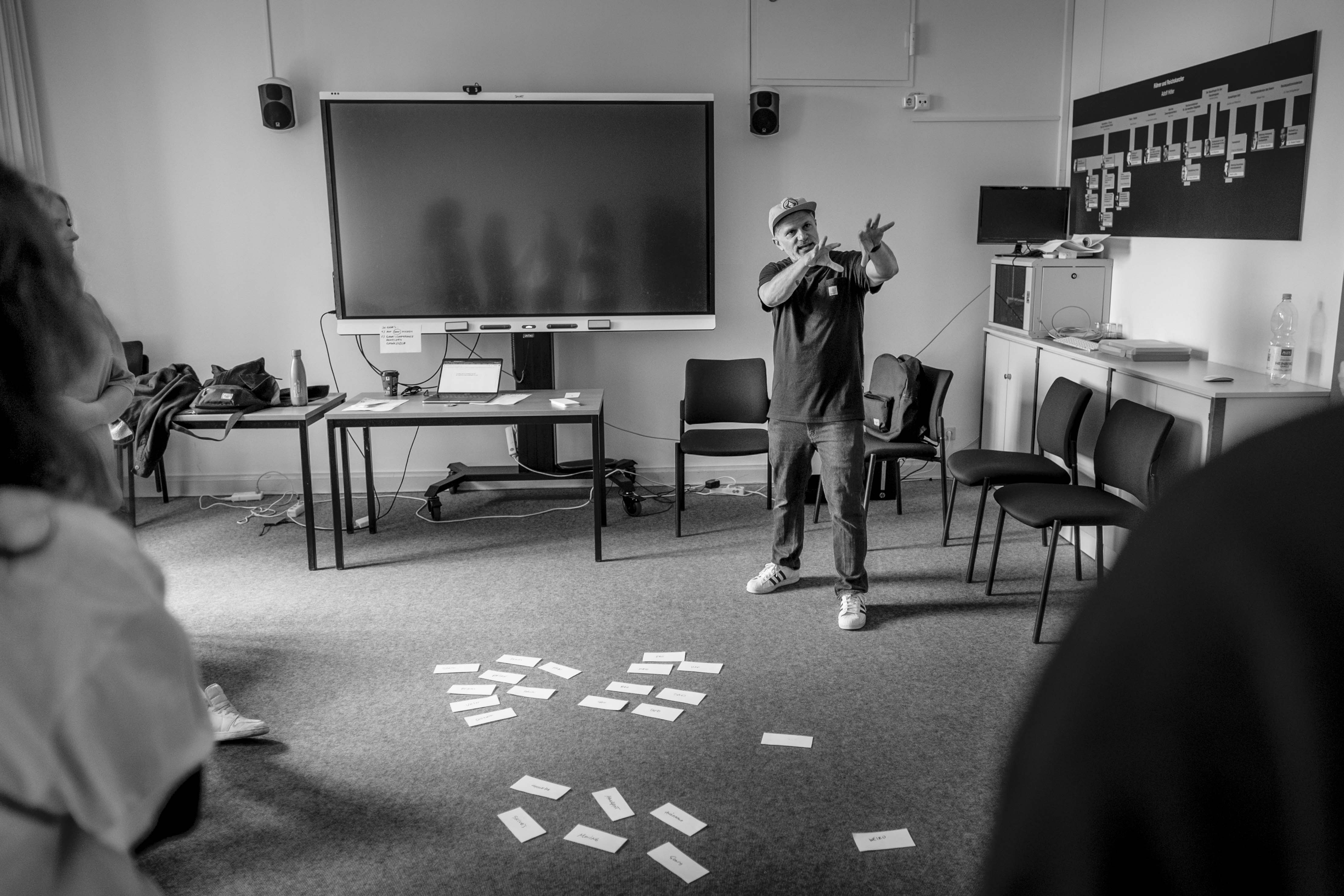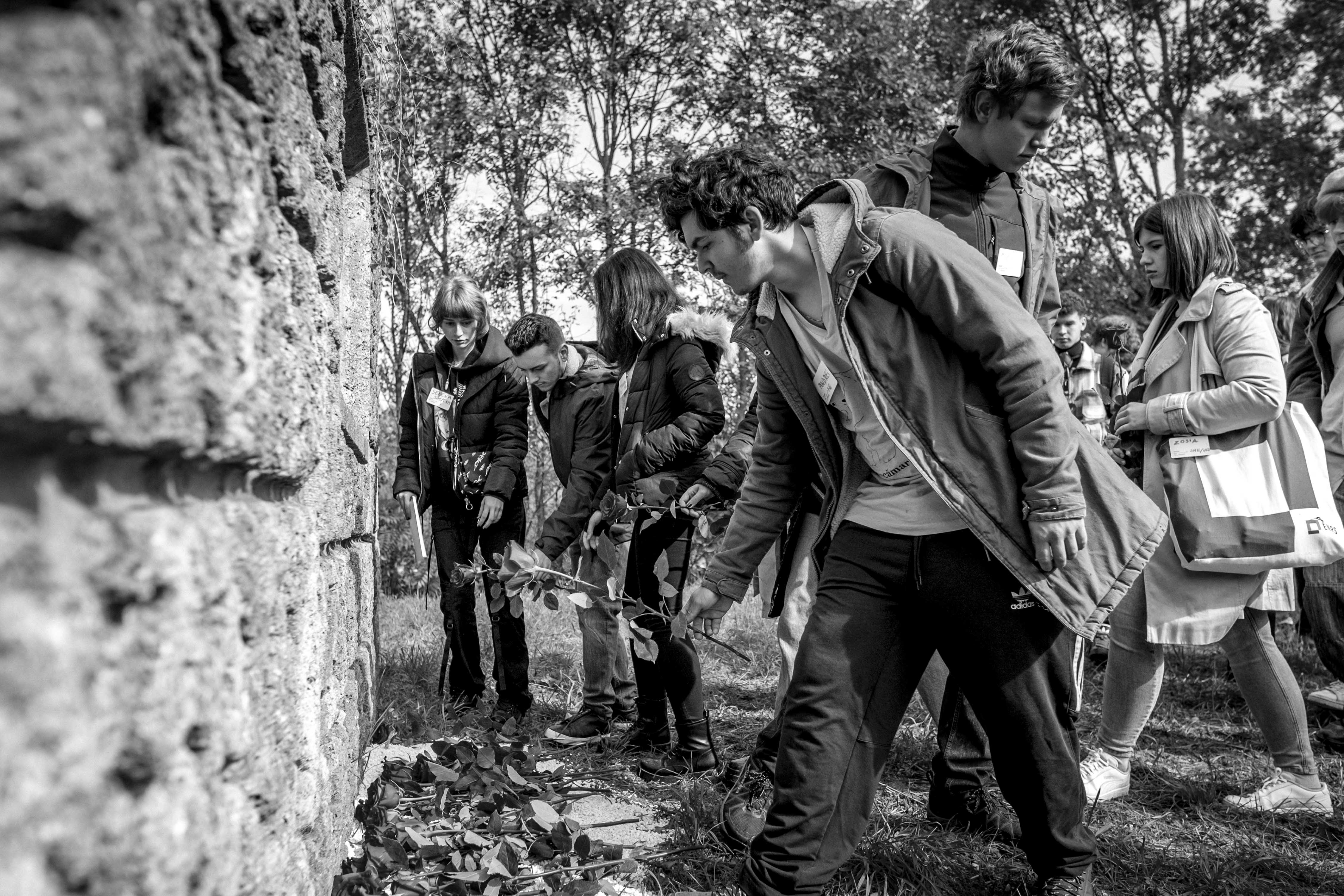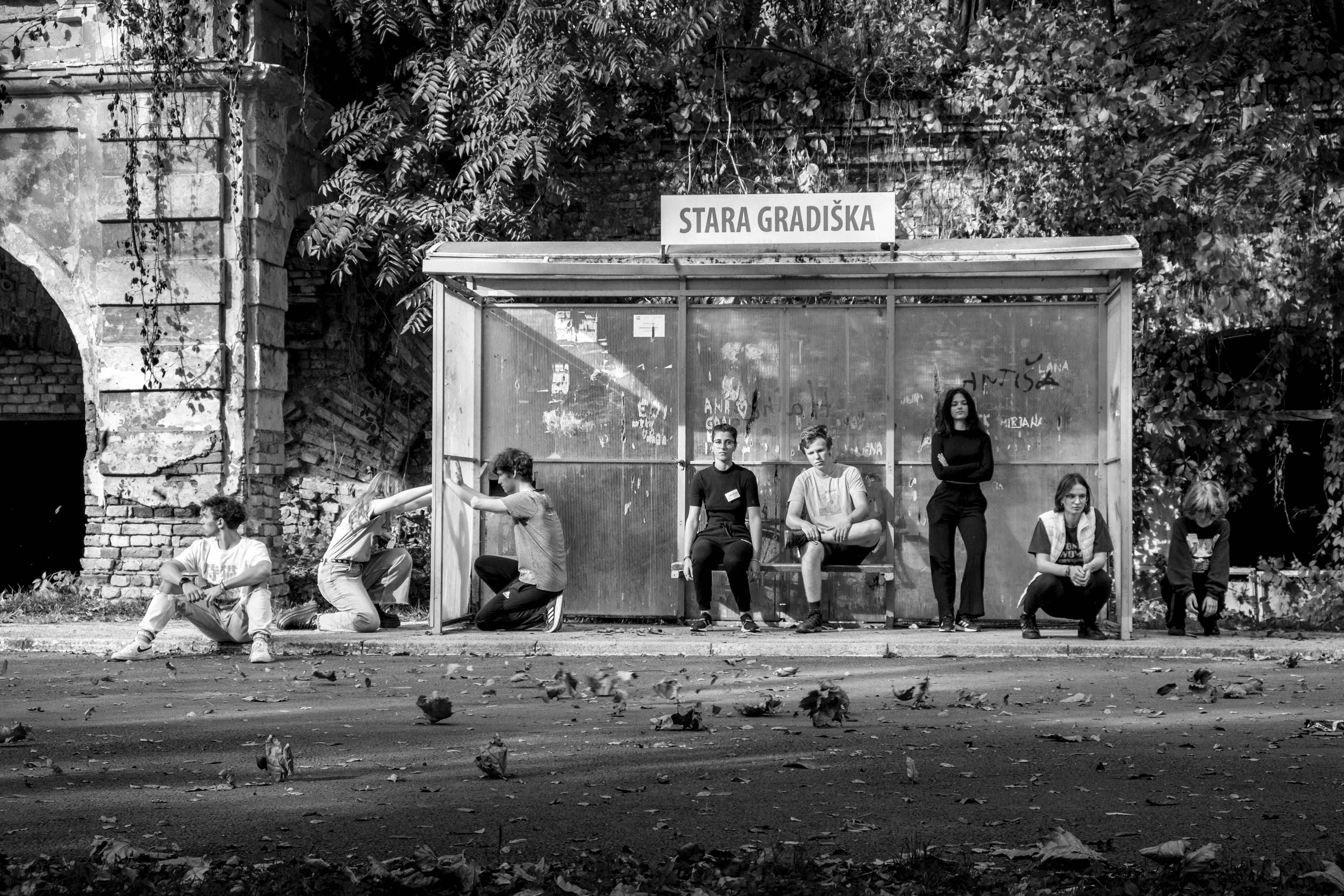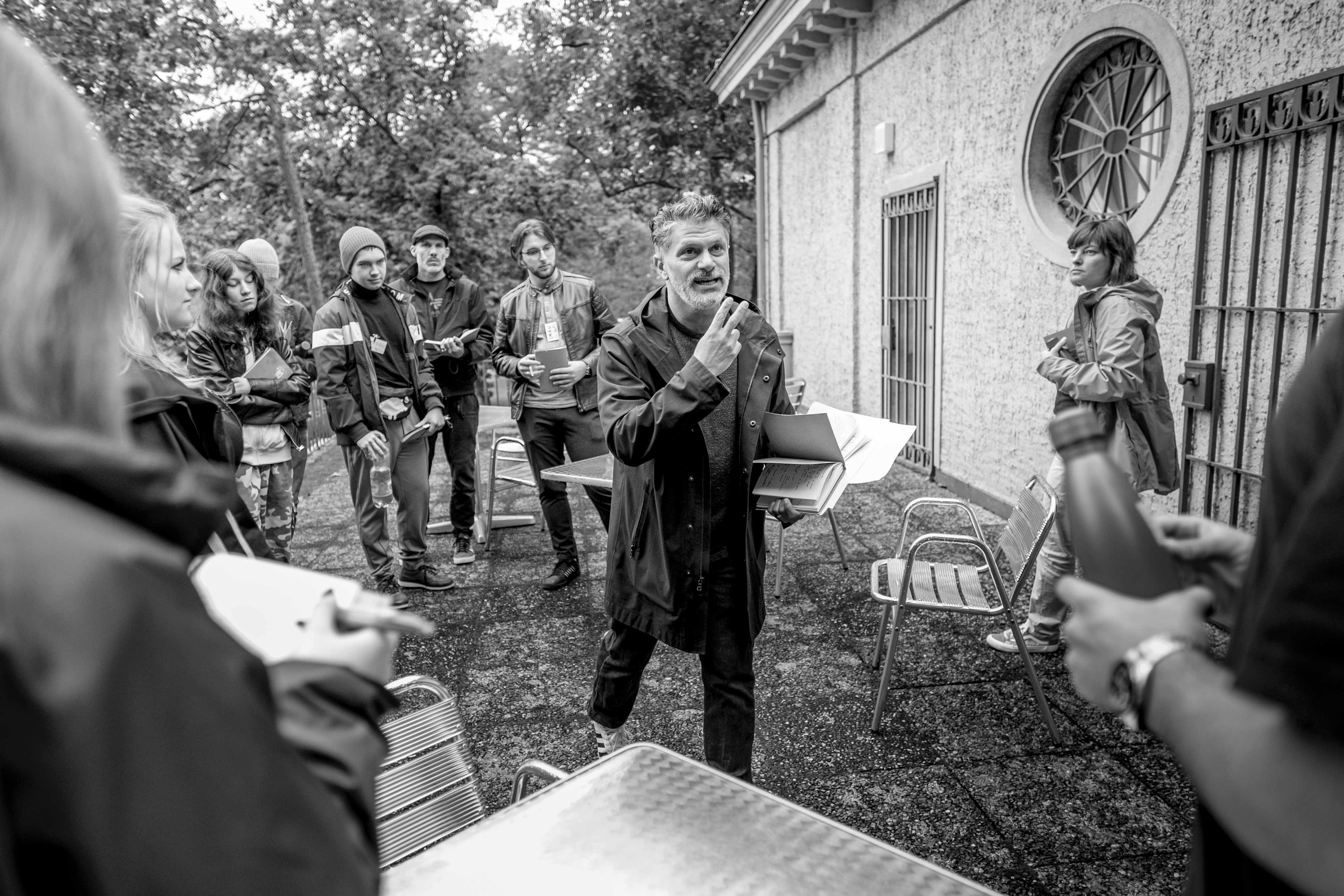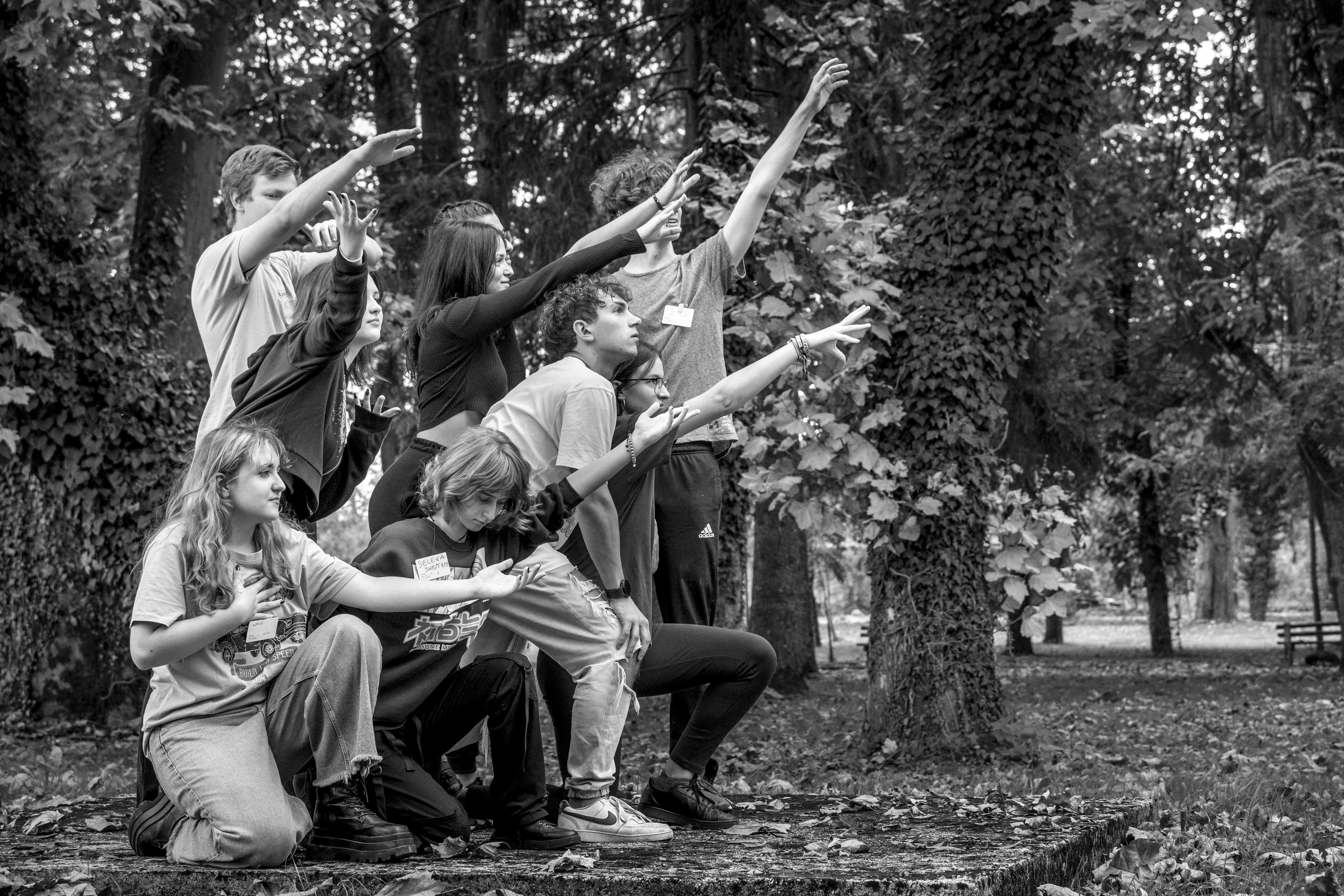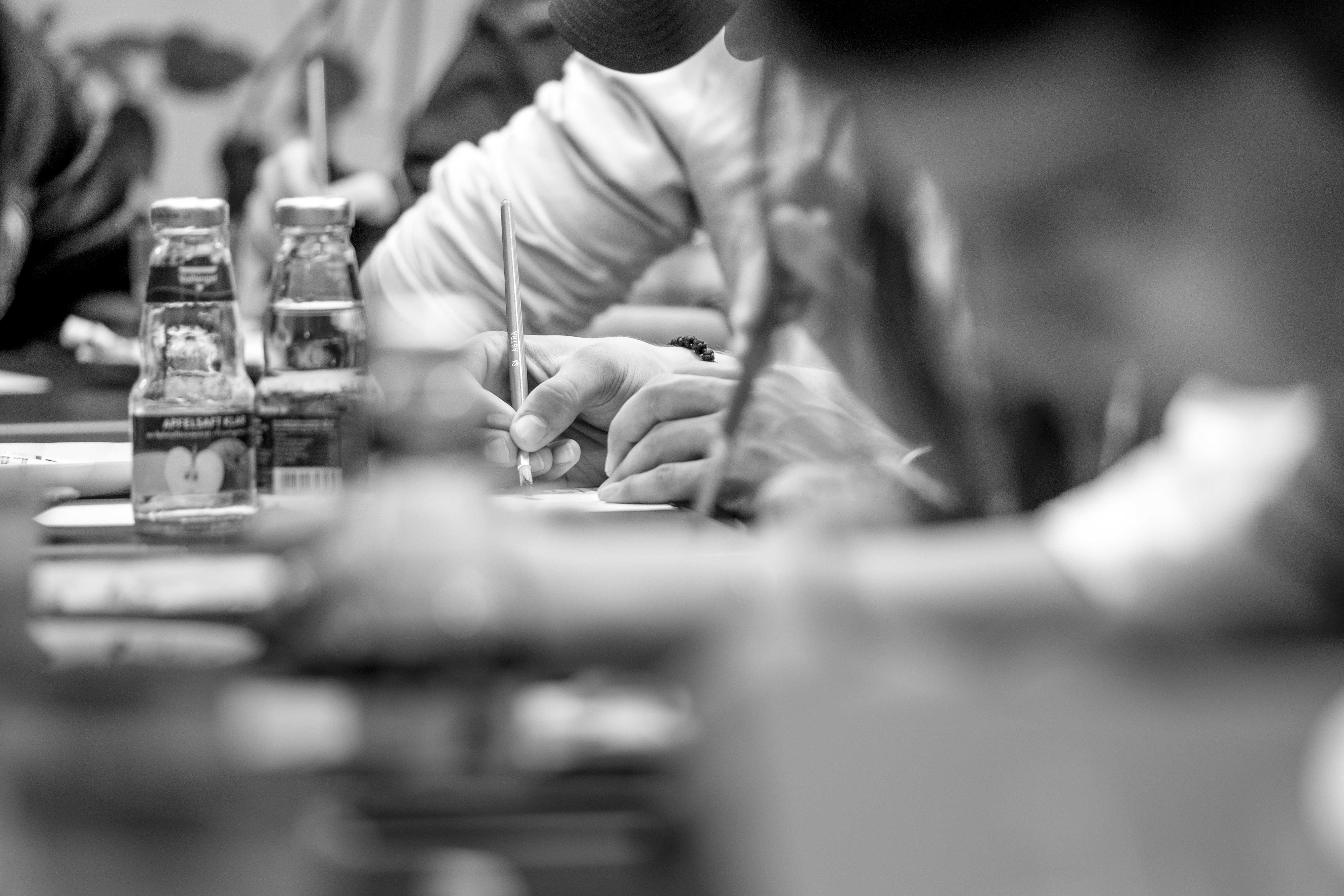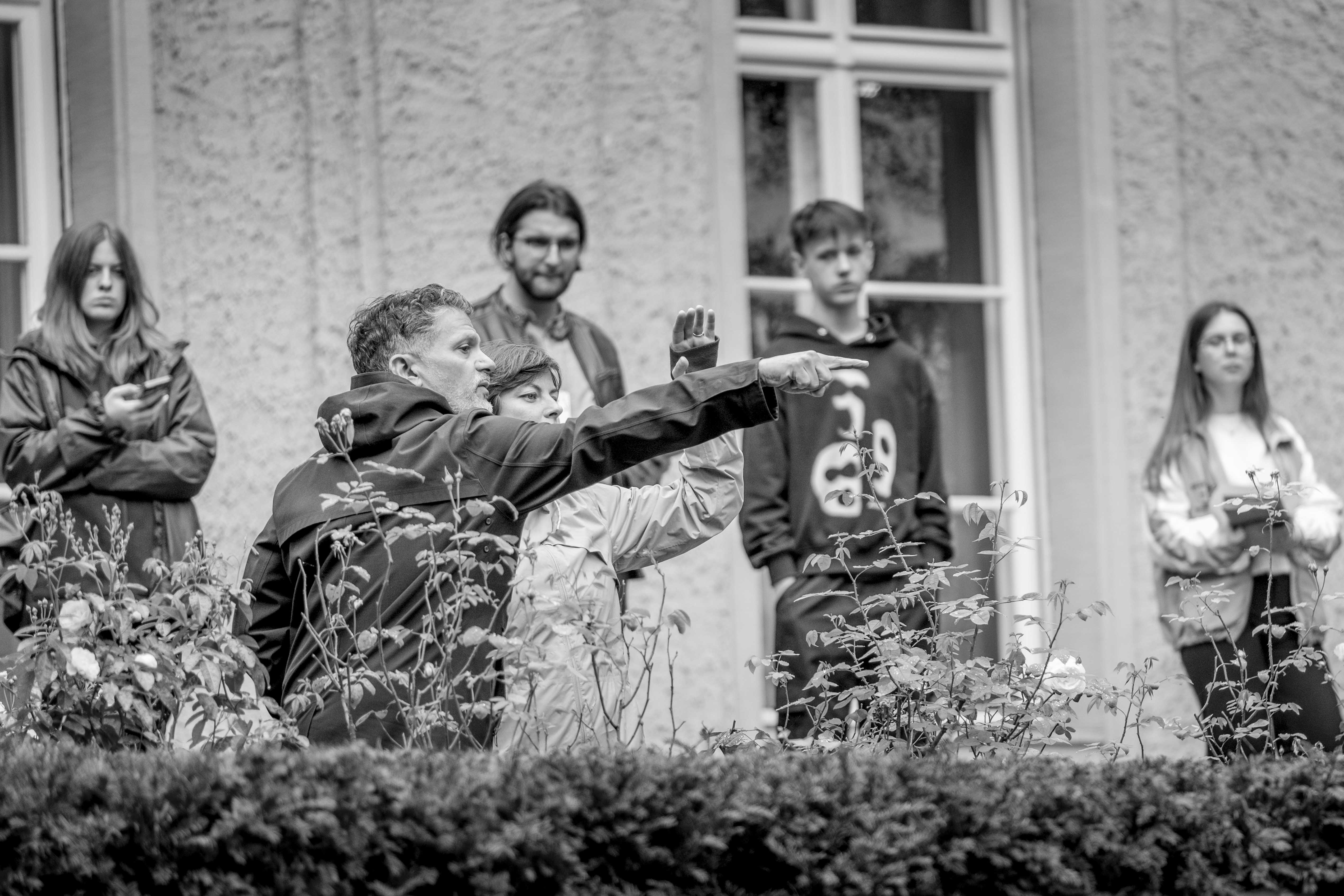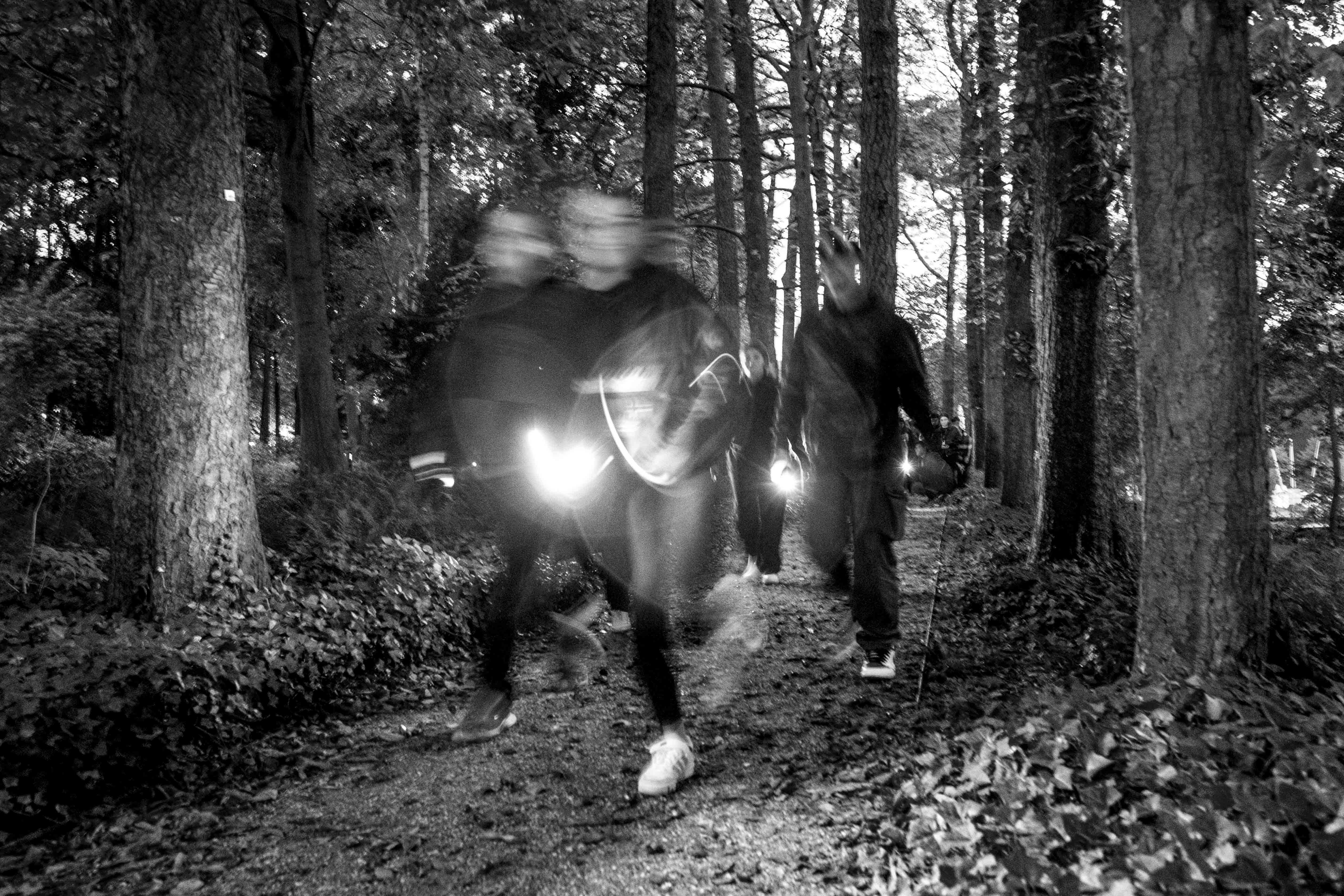‘Sound in the Silence is a multi-disciplinary project that uses location-based workshops to explore and express the lasting effects of the second World War. We connect young people across cultures through art and education workshops on-location where history happened. We work with issues of remembrance and social justice and use creative expression to help repair what is broken in our world. Each iteration of this intercultural project culminates in a site-specific public performance that articulates our thoughts, motivates us to action, and inspires more people to join us.
But where did the idea for Sound in the Silence come from?
It all started with a song.
When he was 28, Jens decided to become an artist who would use his art and performance to think about how his own personal history related to the Holocaust, and to challenge others to do the same. He told me that his projects were part of a creative methodology called New Forms of Remembrance which claims that we must use provocative, charged locations to inspire our work in order to give the generations a chance to understand history and their place in it.
One of his projects was painting the lyrics of Hamburg’s most famous song “An de Eck steiht'n Jung mit'n Tüdelband” (On the corner stands a boy with a hoop) onto the sidewalk in the Grindelhof, the former Jewish neighborhood in Hamburg. The people who lived in the neighborhood didn’t like it but when he showed them what he was painting - the lyrics to An de Eck steiht'n Jung mit'n Tüdelband - they would start to sing the song and tell him stories about the Gebrüder Wolf, Leopold and Ludwig Isaac, the Jewish performers who wrote it. When he discovered that Leopold is my grandfather, his research led him to me.
That meeting in 1999 changed my life. Together Jens and I made the film return of the tüdelband, which is a journey from contemporary music into Jewish-German history. In the film, I start to search for my family history in Hamburg and, while doing so, discover my artistic roots.
I started to think about how Jens’ concept of “New Forms of Remembrance” could be combined with my approach to music and theater. I imagined bringing a curated group of artists to historically charged locations like concentration camps, memorial sites, and museums, and turning the seminar rooms into recording studios, writing rooms, and rehearsal halls. I envisioned a three part process where learning about the location would act as source material for creating live performance. We would start by educating ourselves with book learning, studying the social and economic impacts of the war on the villages surrounding the area of the concentration camp. Then we would spend a week living at the location and this experiential education would act as fuel for our creative prompt. Then we would develop music, theater, and film and craft it into a unique performance that would reflect the experience of our time spent at the location.
I started to think about my grandfather, and how, when I was a child, I asked him about our family history. He said nothing. He stayed silent. It was a silence that told me never to ask again. My grandparents were hunted, afraid, and betrayed by their country. We don’t need silence. We need to yell, and sing, and scream, and tell our story. There is sound in all this silence...
